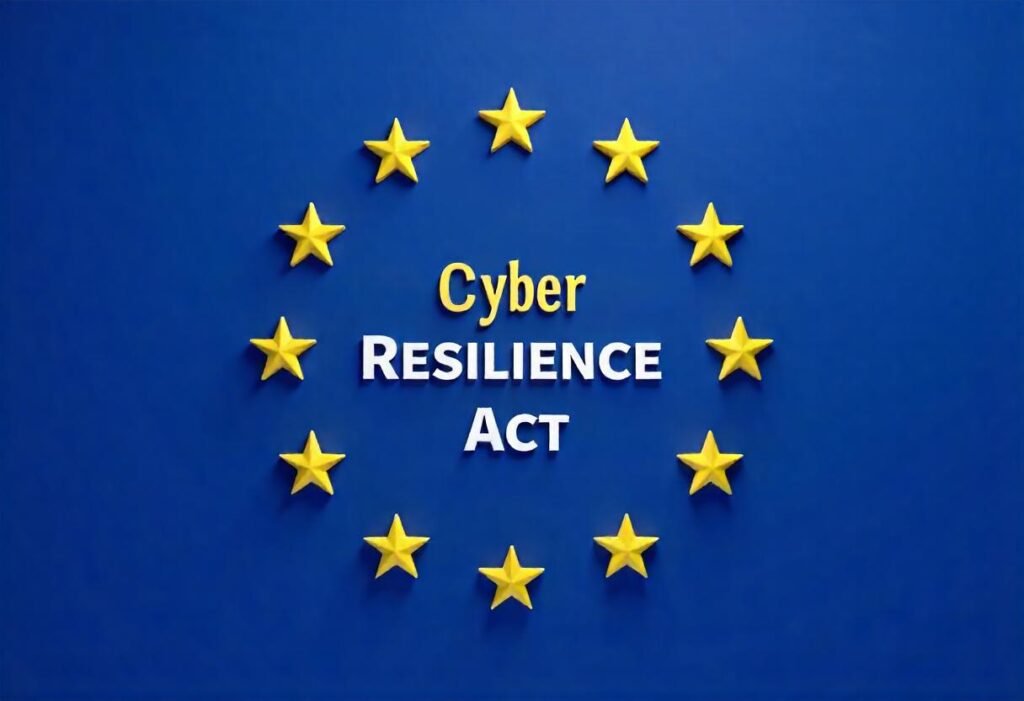
What You Need to Know About Europe's Latest Digital Security Plans
The European Union is boosting its online safety rules with its Cyber Resilience Act (CRA).
This key piece of EU cyber regulation means products with digital parts must be more secure. If your business makes, sells, or handles these products in the EU, the CRA is important for you.
It changes how EU digital security works, putting more responsibility on makers to shield people and businesses from cyber threats.
Join 7ASecurity as we investigate:
- What the Act includes,
- Who it touches,
- What you need to do to comply, and
- How to get your business ready for these EU cybersecurity laws.
What is the EU's Cyber Resilience Act?
The main goal of the Cyber Resilience Act is to make digital products safer, from smartwatches to software.
The European Commission wants to make sure that makers build security into products from the start. It also wants users to have the security information they need when choosing and using these items.
Simply put, the CRA aims to cut down the chances for hackers.
It sets common cybersecurity rules for companies, clarifies security features, and aims for a strong security approach across EU countries.
Ultimately, they're trying to make the digital landscape safer for everyone.
Who Does the Cyber Resilience Act Affect?
The CRA covers a wide range of businesses. It applies to makers, importers, and sellers of products with digital parts sold in the EU.
So, if your products connect to the internet or another device, these EU cyber regulations will likely affect you.
This includes many items, such as:
- Smart home devices (like speakers, cameras, or baby monitors).
- Routers and modems.
- Laptops and smartphones.
- Software, like operating systems and apps.
The CRA's primary goal is to push for better security from the ground up.
The Act has different product rules based on their critical and security risks. So, it's important to know where your products stand.
Cyber Resilience Act Rules
Although the Act came into effect in December 2024, the law's core requirements will only be enforced from December 2027. This gives you and your business some leeway in complying with all the regulations.
Secure from the Start
A core idea of the Cyber Resilience Act is "secure-by-design." This means businesses must consider security at every step of making a product, from planning to launch.
Security shouldn't be an add-on; it must be built in.
Products should also be secure by default, offering the safest settings out of the box.
In addition, makers are responsible for keeping products secure after they are sold, providing updates and fixing security issues for a set time.
Testing and Paperwork
Businesses will need to check if their products meet the CRA's security rules.
- For some products, companies can do this themselves.
- For others with higher risks, an approved third party will need to do the checks.
If a product passes, it gets a CE mark, showing it meets EU standards.
You'll also need detailed technical paperwork. This must cover the product's design, security features, test results, and how you handle security flaws.
Dealing with Security Flaws
The Cyber Resilience Act demands quick action on security weaknesses. Companies must have ways to find and fix flaws in their products.
A significant update is that makers must tell the EU Agency for Cybersecurity (ENISA) about any security flaw attackers are actively using within 24 hours of discovery.
Makers must also inform the users.
How Your Business Can Get Ready
The CRA gives businesses time to adjust, but it's wise to start preparing now.
Look at your products and how you make them. Check how they handle data and what security measures are already in place.
This is a good first step to meet EU product compliance rules.
Think about how you will build secure product development into all your work.
This might mean teaching your staff, changing company rules, or getting new tools. Checking your supply chain is also key, as security issues can come from outside suppliers.
Many businesses find that getting cybersecurity experts to do a check at this point helps find problems early.
Want to Boost Your Digital Product Security?
Making sure your products meet these strict product compliance EU standards is not just about following rules. It's about earning customer trust and keeping your business safe.
If you want to know how the Cyber Resilience Act affects your business and ensure your products are secure, we're here to assist. Our security testing experience will guide you.

